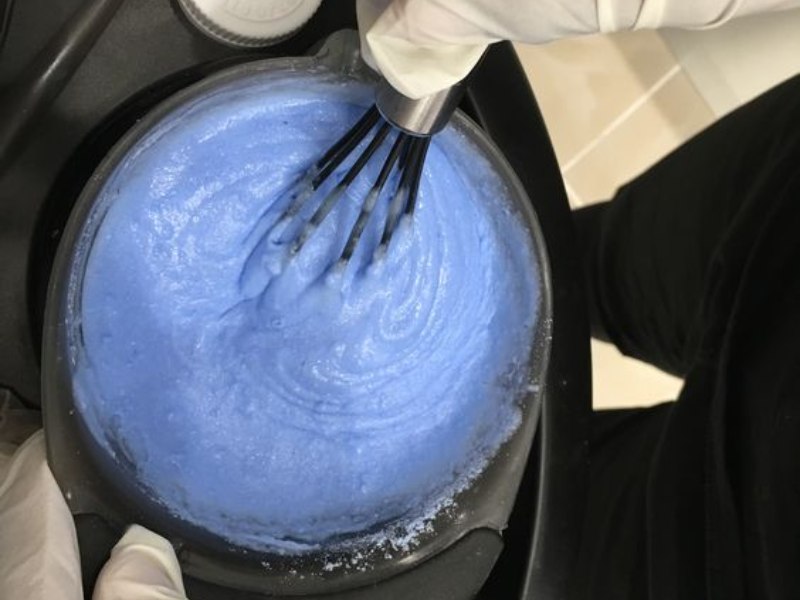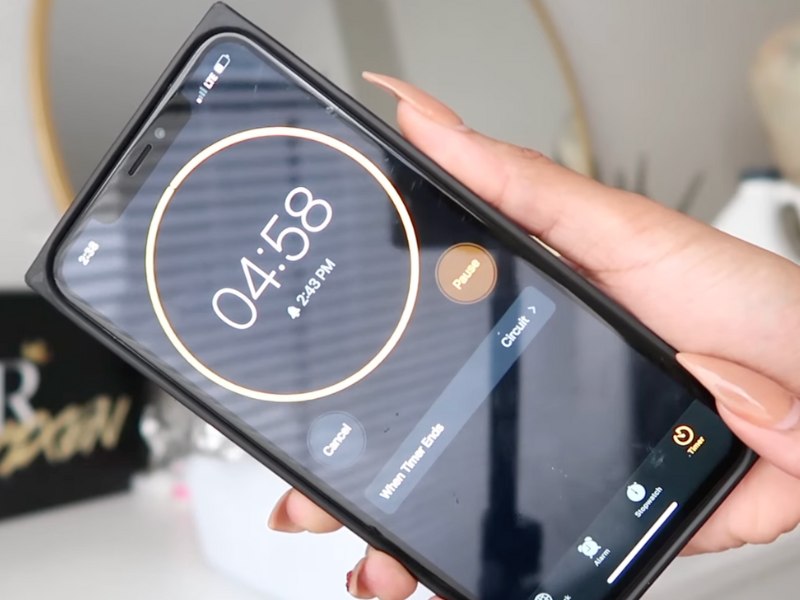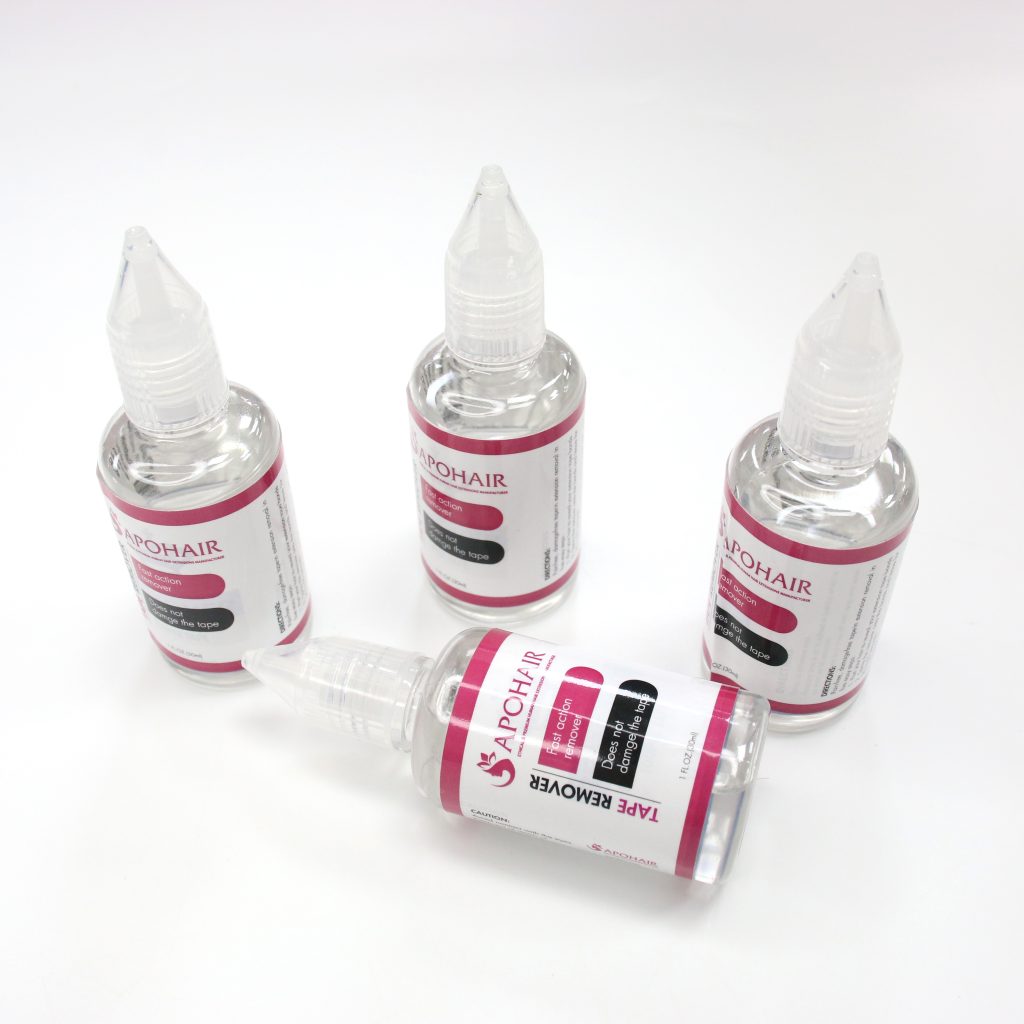Blog, Wigs Knowledge
How To Bleach A Black Hair Wig Into Blonde Without Damaging It?
Bleaching a black wig can be an exciting transformation, but it requires some special preparation and technique. With the right tools and guidance, you can successfully lighten your black wig for a whole new look. However, it’s essential to approach bleaching with care to maintain your wig’s quality and avoid damage. For the best results and safest approach, consulting a stylist or specialist is always recommended. In this blog, we will give you the easiest way how to bleach a black wig so let’s check it!

Preparation Before Bleaching a Black Wig
Preparing to bleach a black wig is key to achieving even color without causing harm to the hair fibers. Here’s what to get ready before you start the bleaching process.
- Powder Bleach – Opt for a quality brand to ensure effective lightening.
- Developer – Choose a developer volume based on how light you want to go. A 20-volume developer is generally safe for beginners.
- Mixing Bowl & Brush – For blending bleach and applying it evenly on the wig.
- Gloves – Protect your hands from harsh chemicals.
- Plastic Wrap or Shower Cap – Helps the bleach work more evenly and prevents drying out.
- Comb and Clips – Essential for sectioning the hair, ensuring you don’t miss spots.
- Neutralizing Shampoo & Deep Conditioner – Used after bleaching to restore hair pH and moisture.
Gathering these tools will make the bleaching process easier and more efficient, whether you’re using “how to bleach a black wig” as a complete guide or want to bleach a black human hair wig at home.
Recommended to use Vietnamese hair for the best result with consistent color.

Step-by-step to Bleach a Black Wig
Successfully bleaching a black wig requires focus and patience to ensure even coloring without damaging the hair. By following these in-depth steps, you’ll have a clear path to achieving a beautiful, customized look for your wig.
Step 1: Prepare the Bleach Mixture
The right bleach mixture is essential to avoid over-processing the wig. Follow these detailed steps for preparation:
- Choose Your Developer Wisely: Use a 20-volume developer for moderate lightening, as it is gentler on the hair. If your wig is made of human hair and you’re aiming for a lighter shade, you can consider a 30-volume developer. Avoid using anything stronger, as it can damage delicate wig fibers.
- Mix Thoroughly: A 1:2 ratio of bleach to developer is standard but always refer to the instructions on your product for specific guidance. Blend them in a non-metal bowl until you get a smooth, consistent paste. Clumps can lead to uneven bleaching, so take the time to mix well.
- Protect Your Workspace: Lay down some plastic or an old towel on your work surface to prevent bleach stains.

Step 2: Section the Wig
Dividing the wig into manageable sections makes it easier to work with and ensures consistent coverage:
- Section the Wig on a Stand: Position the wig on a secure wig stand or mannequin head for stability.
- Clip the Sections: Use small hair clips or bands to divide the wig into 4-6 sections. Start at the bottom and work your way up. Each section should be easy to separate, so you don’t accidentally overlap areas while bleaching.
- Why Sectioning is Important: Working with sections lets you focus on small portions of hair at a time, ensuring you cover each strand. This is key to avoiding patchiness in the final color.
Step 3: Apply the Bleach Mixture
The way you apply bleach to a wig is the most important step of how to bleach a black human hair wig cuz it will determine the final result. Here’s how to do it for even coverage:
- Start from the Ends: Begin applying the bleach to the ends of the hair, about an inch or so away from the roots. This technique helps prevent hot spots (where the bleach processes too quickly at the roots).
- Work in Thin Layers: Use the brush to spread the bleach in thin layers, making sure each strand is covered. Start from the back sections and gradually move to the front for better control.
- Apply Even Pressure: Gently press the brush to work the bleach into the hair, paying attention to areas that may need extra coverage, especially if your wig is very thick.

Step 4: Wrap the Wig
Wrapping the wig helps keep the bleach moist, allowing it to process evenly:
- Why Wrapping Helps: By wrapping the wig in plastic wrap or placing a shower cap over it, you retain moisture and create a mild heat effect, which helps the bleaching process uniformly.
- Avoid Overheating: Don’t place the wig under intense heat or a dryer, as it could damage the fibers. The natural heat generated by wrapping should be sufficient.

Step 5: Check the Wig’s Progress
This is a crucial step to avoid over-bleaching, which can weaken the wig’s fibers:
- Inspect Regularly: Check the wig every 10-15 minutes, particularly if this is your first time bleaching it. You want to catch it at just the right shade, so periodic checks are essential.
- Perform a Strand Test: Lift a small section near the nape to see how light it has become. If it’s not yet light enough, allow it a few more minutes, but don’t exceed 45 minutes total, as this can weaken the hair significantly.

Step 6: Rinse and Neutralize
Properly rinsing and neutralizing the wig is the final step in how to bleach a black human hair wig to ensures the bleaching process stops entirely and restores balance to the hair:
- Rinse Thoroughly with Cool Water: Cool water helps close the hair cuticles and prevent further lightening. Rinse the wig until all bleach is removed.
- Use a Neutralizing Shampoo: A neutralizing shampoo stops the bleaching action and helps restore the hair’s pH balance. This step is especially important to keep your wig from feeling overly dry or brittle.
- Deep Condition for Moisture: Follow with a quality deep conditioner to add moisture back into the wig, making it soft and manageable. Leave the conditioner on for 5-10 minutes, then rinse it out with cool water.
Choosing the Right Hair for Bleaching
Bleaching hair is a complex chemical process that removes the natural from hair strands. This process can significantly weaken the hair’s structure, so the hair needs to be durable enough to handle it without becoming dry, brittle, or prone to breakage. Hair with healthy, intact cuticles can better withstand the bleaching process, maintaining a smooth texture and structural integrity. Virgin is the most suitable option for bleaching because it maintains the integrity of the cuticle. Remy hair with mixed strands can lead to uneven results. Non-Remy hair that has undergone chemical treatments to remove the cuticle layer is not ideal for bleaching.
For those looking to achieve bold color results while maintaining hair health, Premium Luxury (PL) hair from Apo Hair is the best option. Here’s why PL hair is ideal:
- Natural Strength and Resilience: Apo Hair’s PL hair is crafted from high-quality Vietnamese hair, known for its durability, smoothness, and dense texture. This makes it particularly resilient to chemical processing.
- Even Color Lift: PL hair is carefully sourced to retain its natural structure, allowing for a smooth, even lift when bleaching. This minimizes the risk of uneven color, helping achieve consistent tones from root to tip.
- Retains Softness and Shine: Even after bleaching, PL hair remains soft and maintains a natural shine, giving you a vibrant, healthy-looking finish that lasts longer than with lower-grade hair.

Aftercare Tips for Bleached Wig
Bleaching can take a toll on even the highest-quality wigs, so aftercare is crucial to keep your wig looking vibrant and feeling smooth. Follow these steps to ensure your wig remains in top condition after bleaching.
- Hydrate and Deep Condition Regularly: Look for a conditioning mask or treatment containing nourishing ingredients like argan oil, keratin, or silk proteins
- Minimize Heat Styling: Let your wig air dry on a wig stand after washing or conditioning. If styling, keep heat tools on the lowest effective setting and apply a heat protectant beforehand.
- Handle with Care: After bleaching, your wig may be more fragile, so handling it gently can prevent unnecessary shedding or breakage. Use a wide-tooth comb or a wig brush after use. Place the wig on a stand or mannequin head to help it maintain its shape and avoid tangling

See more instructions on how to care for apohair human hair wig here: How To Care for Human Hair Wig
Conclusion
While how to bleach a black wig can be a fun and rewarding experience, it’s important to approach the process with caution. If you’re unsure about any step or want to achieve a specific color, it’s best to consult a professional hairstylist. Remember, healthy hair is beautiful hair, so always prioritize gentle care and conditioning.
For the best results when bleaching black wigs, working with a high-quality wig is key. Vietnamese hair, known for its resilience and quality, can often handle bleaching better than other types of hair. For a premium quality experience, Vietnam hair extensions will be the best option with consistent results. Explore more with Apo Hair! Our collections are made from 100% virgin human hair, providing hair that’s strong, smooth, and ideal for transformations like bleaching and coloring.












